Animals that have gone extinct cannot be accounted for by natural selection, violent extinction events, or catastrophic environmental changes. These events are due to human-induced changes that have affected the natural environment beyond what would be expected by natural selection. The survivors of these events have become “extinct” in the sense of human beings losing their ability to be recognized as the top predator in their ecosystems, but they are not truly extinct. Some are known to have survived; some are only known to have lived, and some are known to have existed in the past; but there is no living descendant.
Extinct crises can be incredibly traumatic for both humans and non-humans. They can lead to an increased risk of extinction by eliminating a species’ entire population, or they can lead to a mass extinction by eliminating most of the species. Some extinct animals have disappeared without a trace, while others have been recouped and brought back to life, either by reintroduction or genetic engineering. Others have survived but are now threatened by habitat loss and human interaction.
Also read:
- Most Popular Birds for Making Good Pets
- Most Iconic Artifacts Ever Discovered on Earth
- Most Interesting Facts In The World You Will Ever Hear
- Elephant Corridors – The Right to Pass
- Pollution: a particle in a global environment
So, here we present some of the animals that have gone missing from our world:-
Thylacine
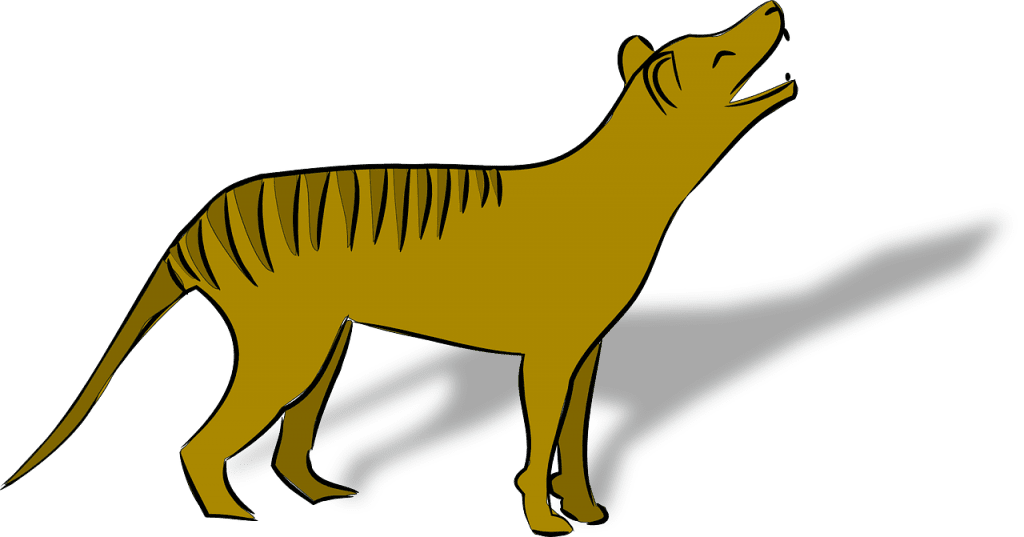
Thylacine (Thylacinus cynocephalus) is better known as the Tasmanian tiger, or thylacine. It is a medium-sized, herbivorous, marsupial cat and is the only carnivorous marsupial native to Australia. Its closest relatives are the tiger and the leopard. Thylacines, the giant cats, were a type of marsupial that lived in Australia from the mid-18th century until the early 20th century. They thrived in the area that came to later be called the Tasmanian Wilderness.
Reason of Extinction: The thylacine was hunted to extinction in Tasmania by 1932, but a small population remained in southeastern Australia until its final extinction in 1936.
Passenger Pigeon
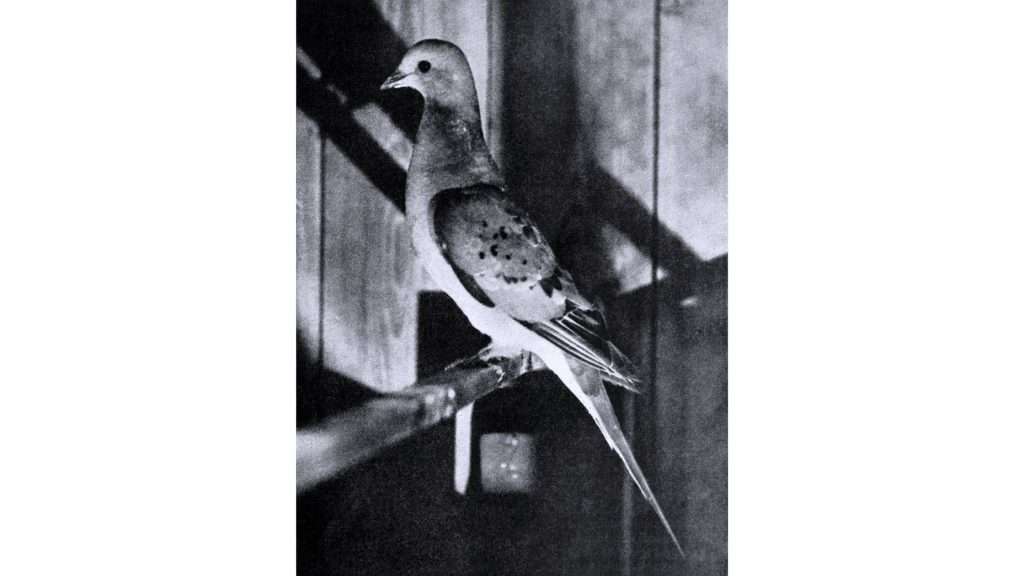
The Passenger Pigeon were one of the most abundant bird in North America. Populations were so large that they darkened the skies, leaving crops and forests without any birds to pollinate the trees and plants. The Passenger Pigeon was a major food source for many indigenous peoples and was hunted for its feathers and meat. The industrialization of agriculture and the widespread use of pesticides and herbicides have decimated the populations of the Passenger Pigeon and other birds of prey.
The species was a large and beautiful black bird. It weighed up to 30 pounds, with a wingspan of 6-8 feet. The Passenger Pigeon was a perfect flier and was often described as the “winged angel.”
Reason of Extinction: People hunted them so much that they were hunted to extinction in the early 1900s; the exact last bird known with certainty died in 1914.
Pyrenean Ibex
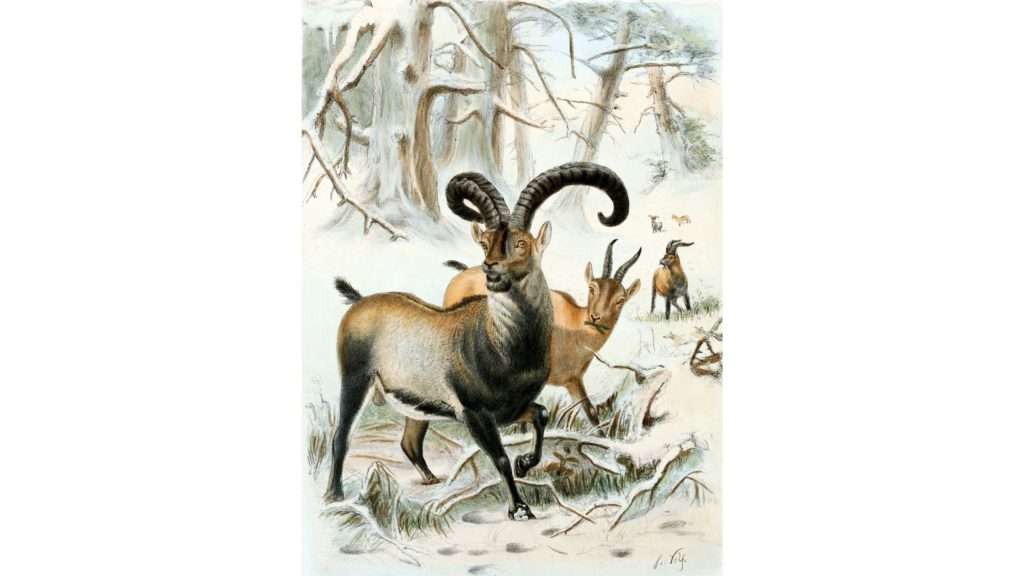
The Pyrenees Ibex, or Iberian ibex, is a mountain goat of the Pyrenees mountains of southwestern Europe that is endemic to the Iberian peninsula, in the southern part of the Pyrenees. The Pyrenees were made up of high peaks and deep gorges. They once ranged all the way to the Atlantic coast. The Pyrenees Ibex was the largest goat in the world. Males can weigh up to 200 pounds and stand up to 5 feet tall at the shoulder. Females weigh about half as much and are about 3 feet tall at the shoulder. Both sexes have long, shaggy, brown, or gray hair.
Reason of Extinction: They were driven to extinction in the mid-19th century by trapping and poisoning across the Iberian Peninsula and southern France. The last Pyrenean ibex was shot by an eagle in 1898 near the Perthus Valley in France.
Golden Toad

A golden toad or golden frog, is a large, spade-footed amphibian native to the Americas. This species of amphibian became extinct approximately five hundred years ago, but was rediscovered in 1983. The toad is large, colorful, and sometimes found in large groups.
These small, toadlike reptiles, known for their vibrant colors and musical bell-like calls, first vanished from the Carolinas around 1680, and then, in the early 1800s, from Georgia, too.
Reason of Extinction: They were last seen in the wild in the 1989 in a Costa Rican rainforest, but then were later declared extinct in 1994. They say they were killed because of a fatal disease called chytridiomycosis.
Great Auk
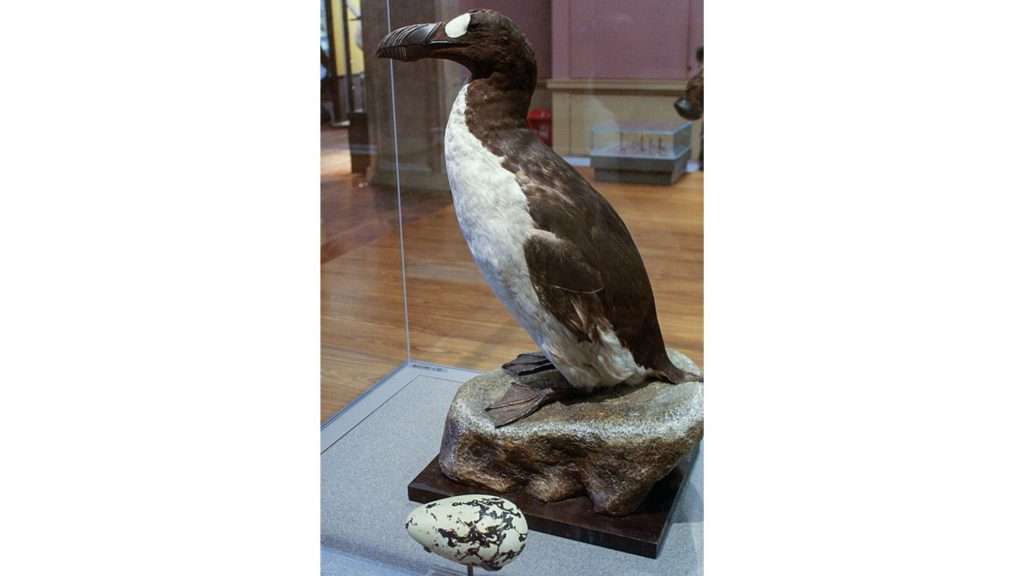
Great auks were “goosebump” birds, with a distinctive pattern of raised, raised buttons on their flanks. They had a long neck, a large head, a long tail, light brown fur, and webbed feet. They nested on ice sheets and watched sea birds circling around like “dipping ducks” above them, sometimes tumbling into the water.
For centuries, it was assumed that it had gone extinct in the North Atlantic around 1600. but in 1983, a team of scientists discovered a population of about 500 birds living on the remote island of Svalbard in Norway.
Reason of Extinction: The great auk became extinct sometime between 1844 and 1853. Dozens of people from New England and New York traveled to the islands and made serious attempts to capture the birds for their skins, feathers, and eggs. The main reason they became extinct was overhunting, which led to the birds becoming too scarce.
Baiji White Dolphin

The white whale is a deep ocean filter-feeder that belongs to the species. Baiji are also known as killer whales, probably because of their large size and long-lasting culture of killing humans. The species is the only one known to hunt for large fish such as bluefin tuna, salmon, or even sharks.
Reason of Extinction: They were declared extinct in 2007 because of a lack of sightings. The reason was said to be that they became rare and were caught in fishing nets and due to habitat degradation also.
West African Black Rhinoceros
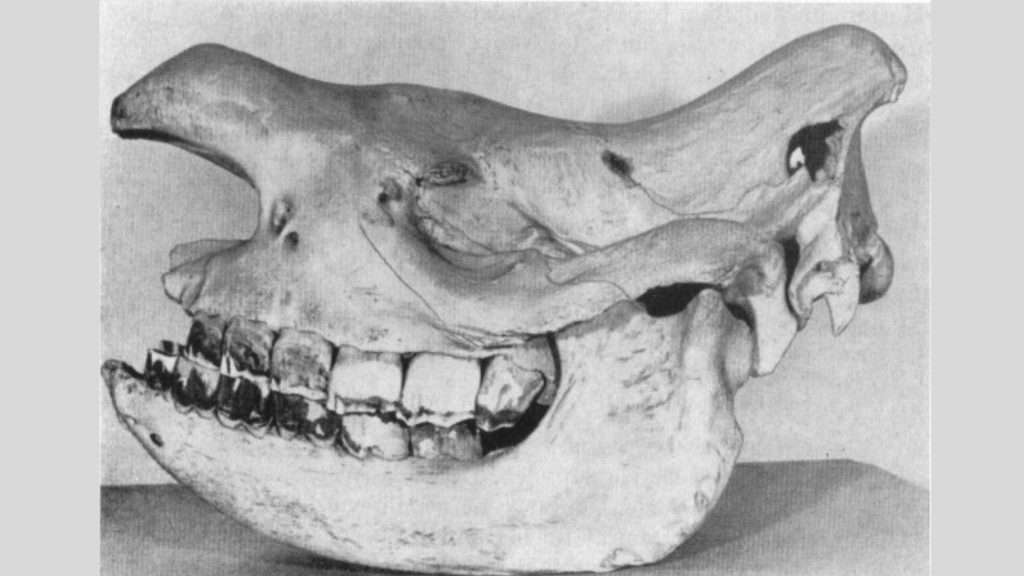
Most experts agree that the rapid population decrease of the West African Black rhinoceros, which was once the most common large land mammal on the African continent, was due to several factors, including habitat loss and poaching. Perhaps most importantly, rhinoceroses were killed for their horns, which were used in traditional Chinese medicine such as the prescription for “the sick man”.
Reason of Extinction: The black rhino went extinct in the wild when they were wiped out by a combination of poaching and habitat loss in the 1960s.One of the main reasons for the downfall of these animals was the hunting for their meat, which was in high demand for its use in traditional medicine, and in Chinese cuisine, especially in shark fin soup.
Smooth Handfish
The Smooth Handfish was a large, slow, and silvery fish that lived in the Arctic Ocean and in the Bering Sea. Its scientific name is Pristidae amphipods, and it is in the order Pristigale. The taxonomy is rather uncertain, and there are many competing taxonomies, with the majority favoring Amphipoda as the classification. The order comprises about thirteen genera and around thirty species. The largest genus is the genus Pristina, which contains seven species. Other genera include Amphipoda, Cymothoida, and Burministeriales.

Reason of Extinction: They were declared extinct in 2007,and the reason was due to net fishing and lack of food for them.
Japanese Sea Lion
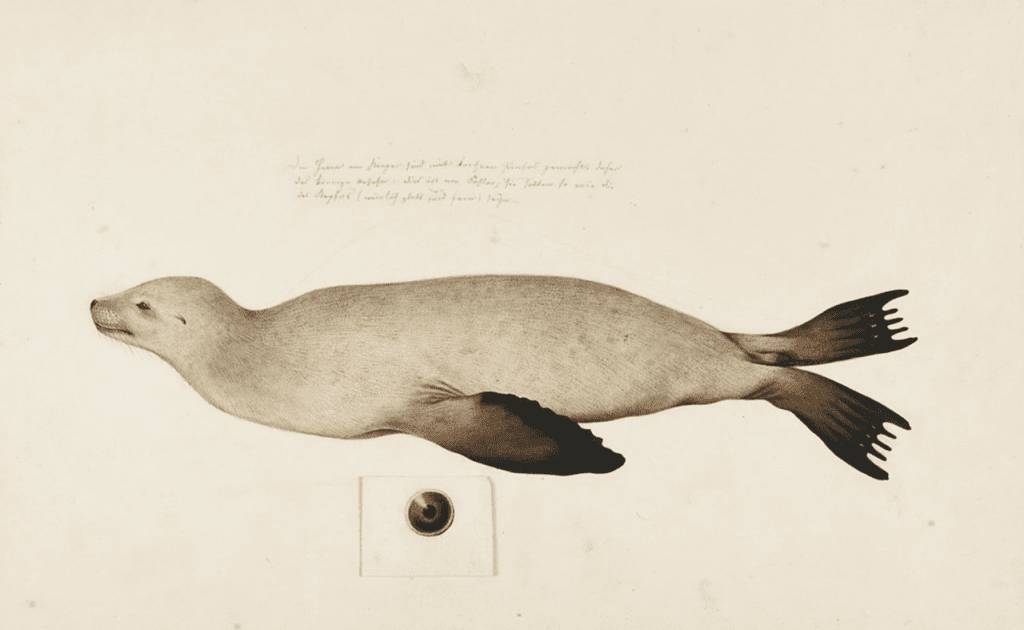
The Japanese sea lion (Zalophus japonicus) were large mammals that were found in the Pacific Ocean. They were the largest members of the whale family, and are the only species of mammal that can be found in both the northern and southern hemispheres. They were the only species of mammal that could be found in both the northern and southern hemispines.
Reason of Extinction: They were declared extinct in the wild in the early 1970 because of overhunting of species.
Sicilian Wolf

The Sicilian wolf was the largest canid in the world and was the most powerful predator on the island. It is characterized by its extremely large size, muscular physique, and sharp teeth. Their large size often limits them to rocky outcrops for shelter. Together with the Iberian wolf, the Sicilian wolf was the top predator on the island.
Reason of Extinction: Once a dominant predator, the Sicilian wolf became extinct in the wild in the early 1990’s after a population crash. It was wiped out in large part due to the hunting and trapping of the animals for their fur and meat, and their habitat was destroyed by a combination of factors that included over-hunting, deforestation, and the introduction of invasive species such as weasels.


